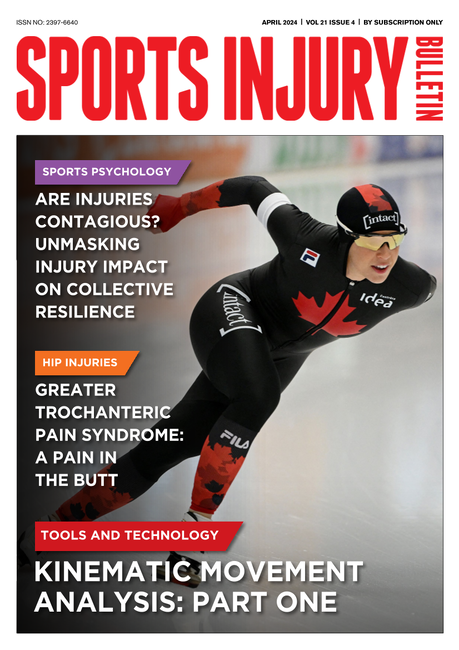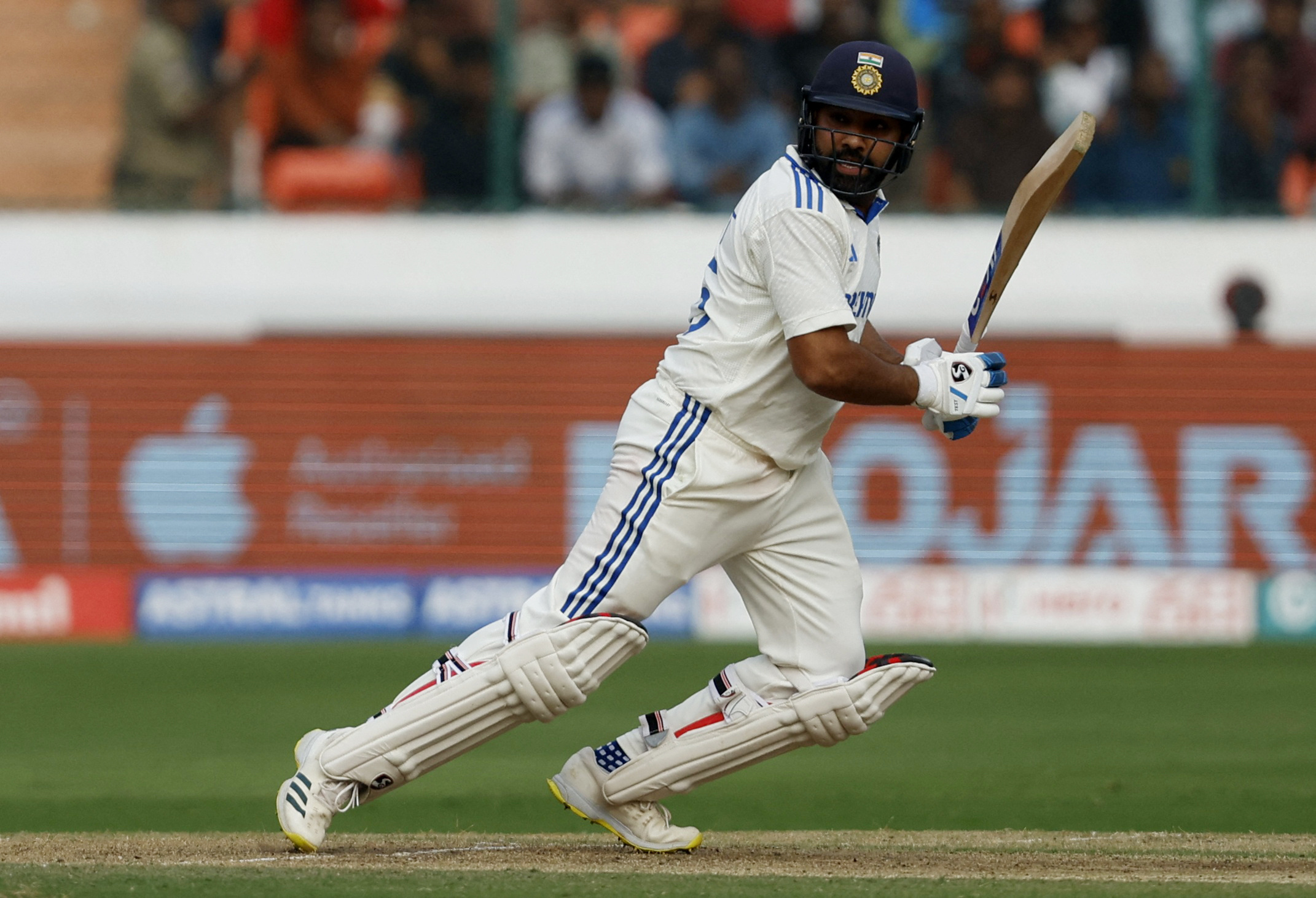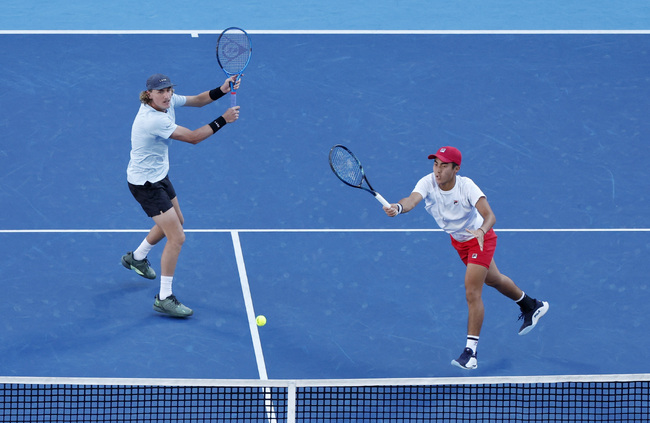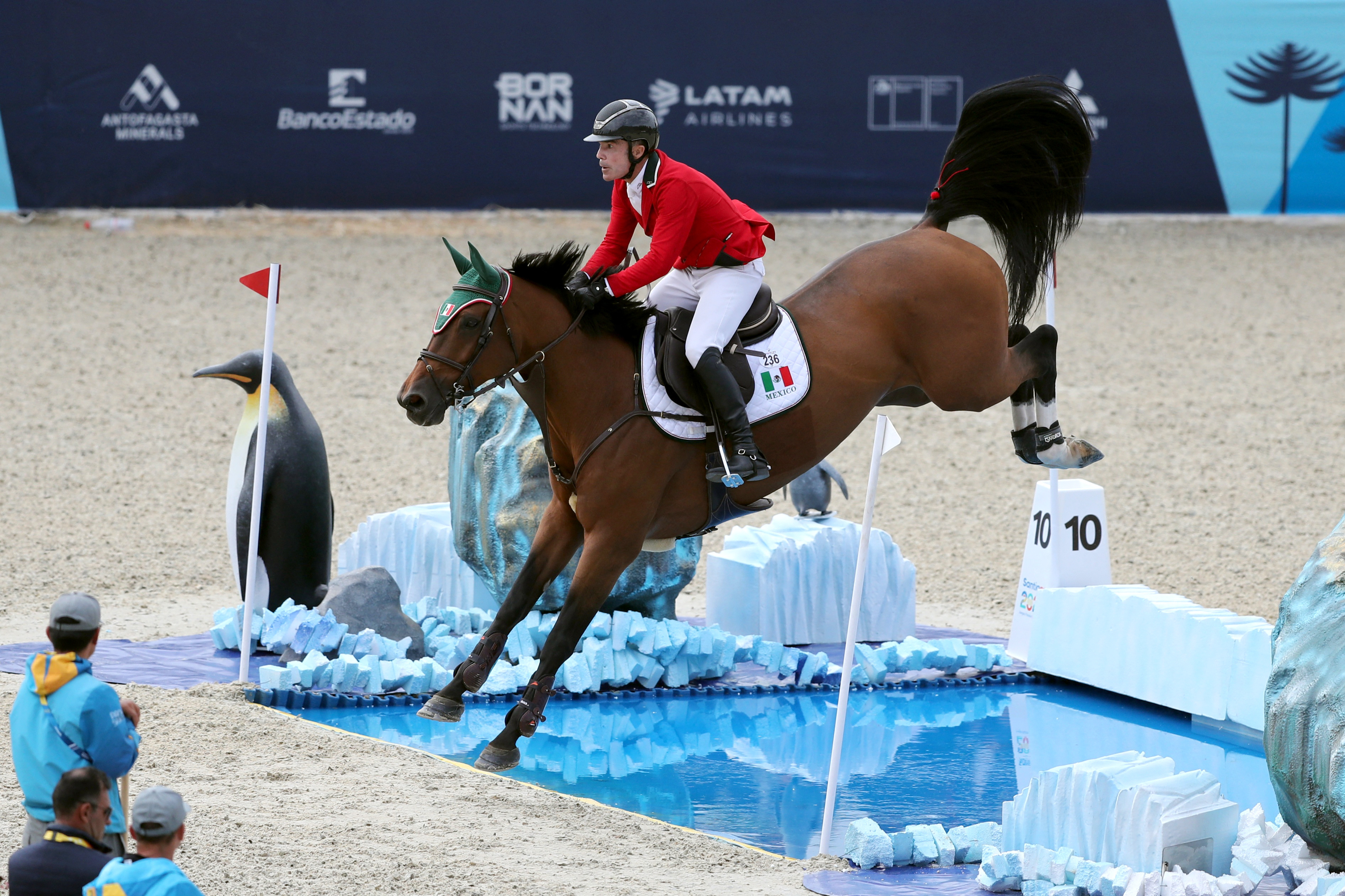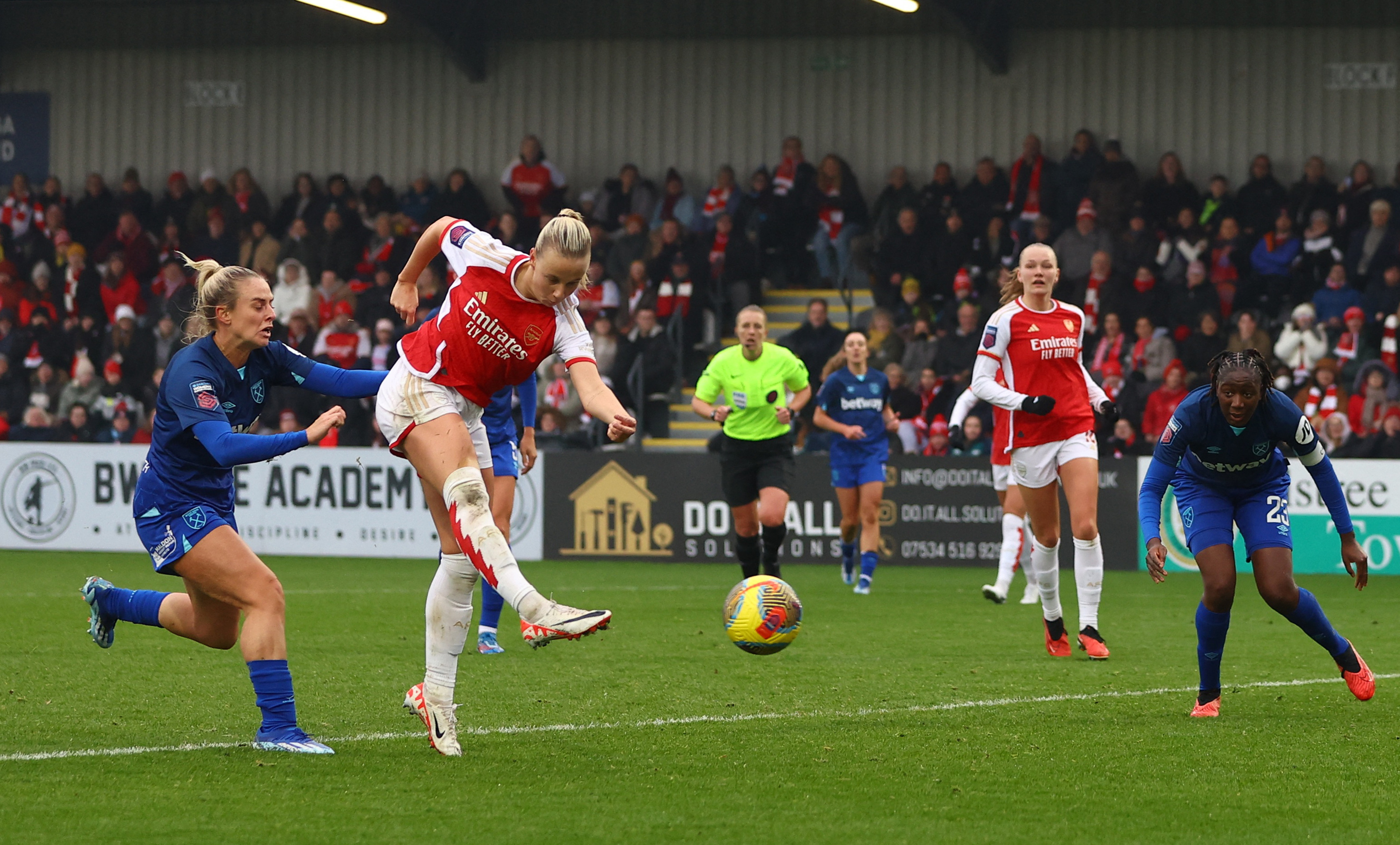Walk it off! Guidelines for preventing overdiagnosis
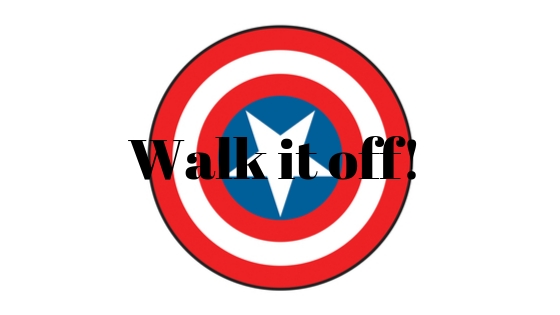
The British Journal of Medicine published two interesting articles this month. The first is an education review on the overdiagnosis and medicalization of athletes (and the public at large)(1). The authors cite several factors supporting this trend in sports medicine, including:
- The belief that more intervention improves outcomes.
- Making the definition of disease more inclusive.
- The commercialization of medicine and contributions to the bottom line.
- Greater access to care that enables athletes to seek treatment at the first tinge or tweak.
While clinicians try to make informed choices for their patients, their decision tree may be clouded by:
- Outside interests, either their own or those of their institutions.
- Misinformation from the referral source or the treatment guidelines they are instructed to follow.
- Smoke and mirrors from the third party sources of funding, modalities, and medication, and the science journals themselves.
- Advertising, mainstream media, social media, and crowdsourcing information.
All of these factors promote disease and act as hindrances to the delivery of quality care to athletes. This cultural shift has turned those heroes who were the toughest of the tough, into delicate and fragile pawns who must have an injury tale to prove their validity as an athlete. What happened to the adage of “Walk it off?”
Granted, poor care of athletes is akin to abuse and sets them up for pain and dysfunction later in life. However, the authors suggest that amplifying typical aches and pains that result from athletic activity into a ‘disease’ process with a catchy name runs the risk of instilling fear of ill-health into our otherwise healthiest population.
As if to illustrate this very point, a systemic review article appears in the same issue citing the prevalence of knee osteoarthritis (OA) in an asymptomatic population(2). The multi-center project reviewed 63 studies of 4751 adults who underwent magnetic resonance imaging (MRI) of the knee and found that cartilage damage appeared in an average of 43% of adults over 40 years-of-age and in 11% of those under 40. Keep in mind; all these were adults without complaints of knee pain or decreased function. Meniscal tears appeared in about 20% of adults age 40 or greater.
How many the athletes visit a clinic with complaints of knee pain or dysfunction and report almost immediately how their MRI showed they had “bone on bone” in their knee. They usually follow up with, “I’ll need a knee replacement soon.” Depending on their age, the chances are good, as evidenced by the multi-center review, that the radiological findings existed before the symptoms started. However, now, the patient has an illness identity.
Avoiding overdiagnosis
By following these simple guidelines, clinicians can avoid getting sucked into the medicalization of the athletes in their care:Watch your mouth!
Research shows that language matters. Keep in mind the psychosocial aspects of pain and injury when talking with your clients. Identify the patient by their name, not by a diagnosis. Work toward achieving goals rather than eliminating dysfunction. Avoid asking how they hurt since your last visit; rather, ask what they’ve been able to accomplish functionally since the previous visit. Reassure them (if indeed true) that movement will not make their condition worse and that soreness is to be expected and not necessarily a sign of worsening. For more on the language of pain, see Karen Litzy’s excellent article here.
Just say no
Not every client who walks into your clinic will need your services. Understandably, your goal is not to drive away business, but the actual needs of the client must come first. If they don’t need physical therapy, it’s okay to reassure them and send them on their way. Perhaps they don’t need PT but would benefit from a wellness program. Feel free to direct them to wellness resources in your community or the ones you might offer at your practice. Have no fear of refusing a doctor’s referral order either. Doctors typically refer so that the physio can decide what’s needed. Be sure to follow up with your rationale as to why ongoing therapy isn’t indicated for a client.
Give it a week
This version of Captain America’s, “…walk it off,” motto is not for acute or apparent injuries. Instead, this is for the non-obvious complaints of, “This sort of hurts.” If immediate critical care isn’t indicated, reassure them that adjusting, not stopping, their training shouldn’t make it worse and may help it to feel better.
Place the blame elsewhere
The research shows that most injuries are due to external factors. Overuse is contributed to training error, such as too much too soon, or faulty equipment like worn-out shoes. Look outside the athlete themselves for causes of injury. Keep the focus there rather than making it the result of fault within their body.
References
- Br J Sports Med. 2019;53:1268–1278
You need to be logged in to continue reading.
Please register for limited access or take a 30-day risk-free trial of Sports Injury Bulletin to experience the full benefits of a subscription.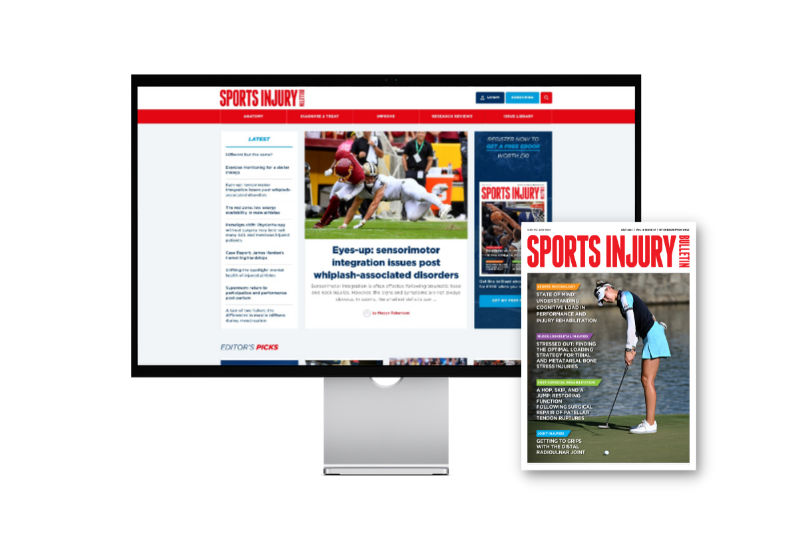 TAKE A RISK-FREE TRIAL
TAKE A RISK-FREE TRIAL
Newsletter Sign Up
Subscriber Testimonials
Dr. Alexandra Fandetti-Robin, Back & Body Chiropractic
Elspeth Cowell MSCh DpodM SRCh HCPC reg
William Hunter, Nuffield Health
Newsletter Sign Up
Coaches Testimonials
Dr. Alexandra Fandetti-Robin, Back & Body Chiropractic
Elspeth Cowell MSCh DpodM SRCh HCPC reg
William Hunter, Nuffield Health
Be at the leading edge of sports injury management
Our international team of qualified experts (see above) spend hours poring over scores of technical journals and medical papers that even the most interested professionals don't have time to read.
For 17 years, we've helped hard-working physiotherapists and sports professionals like you, overwhelmed by the vast amount of new research, bring science to their treatment. Sports Injury Bulletin is the ideal resource for practitioners too busy to cull through all the monthly journals to find meaningful and applicable studies.
*includes 3 coaching manuals
Get Inspired
All the latest techniques and approaches
Sports Injury Bulletin brings together a worldwide panel of experts – including physiotherapists, doctors, researchers and sports scientists. Together we deliver everything you need to help your clients avoid – or recover as quickly as possible from – injuries.
We strip away the scientific jargon and deliver you easy-to-follow training exercises, nutrition tips, psychological strategies and recovery programmes and exercises in plain English.


